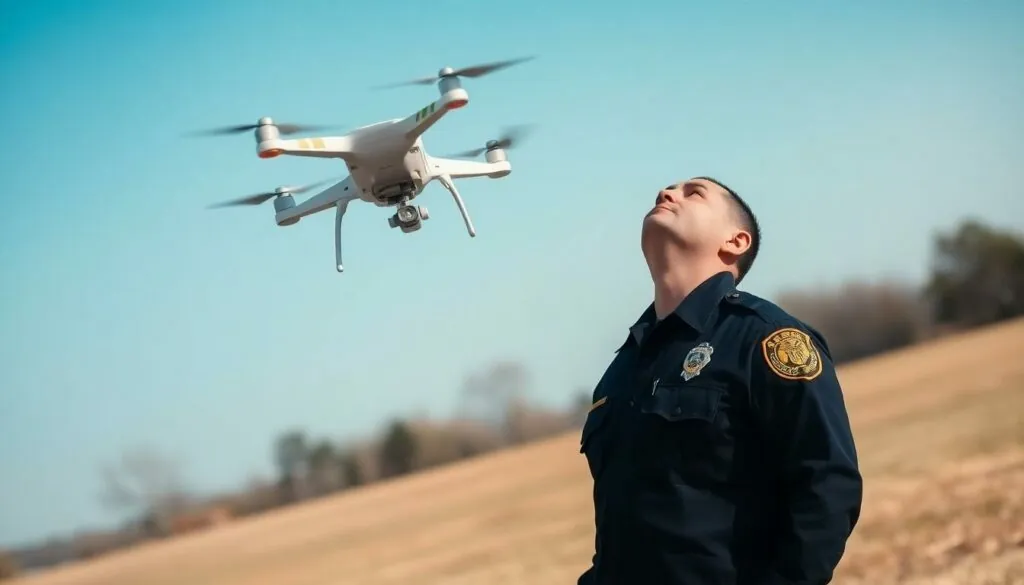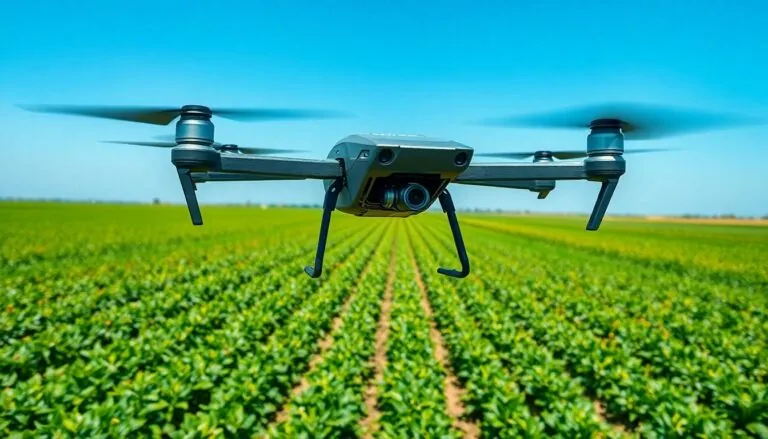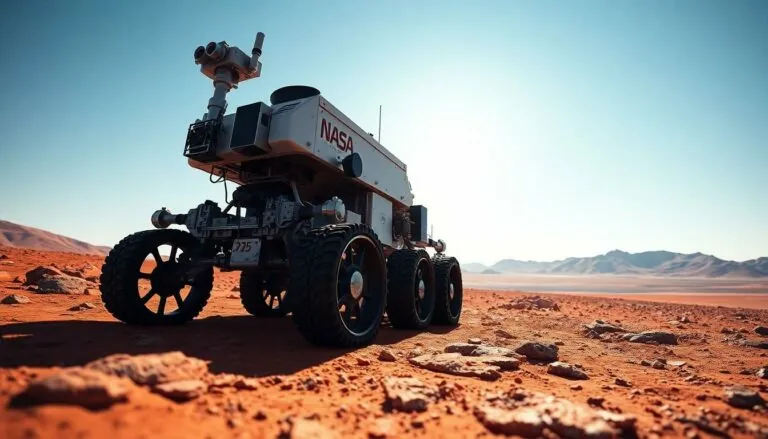Table of Contents
ToggleIn a world where drones buzz like pesky mosquitoes and privacy feels like a distant memory, a burning question emerges: can police use drones without a warrant? Imagine a scene straight out of a sci-fi movie, where law enforcement hovers above, peering down like an all-seeing eye. It’s a thought that might make you chuckle or cringe, depending on your stance on privacy.
Overview of Drone Technology in Law Enforcement
Drones, also known as unmanned aerial vehicles (UAVs), play a vital role in modern policing. Law enforcement agencies use these devices for surveillance, crime scene analysis, and search and rescue operations. Equipped with high-resolution cameras, thermal imaging, and various sensors, drones provide real-time data that helps officers make informed decisions.
Multiple agencies across the United States integrate drone technology into their operations. According to the Federal Aviation Administration (FAA), law enforcement drone usage has increased significantly, offering enhanced capabilities in public safety. They provide aerial perspectives that ground units cannot easily achieve.
Police departments utilize drones in specific scenarios. Situations like monitoring large crowds during events or tracking fleeing suspects exemplify practical applications. Drones capture footage and gather intelligence that can assist in evidence collection and operational strategy.
Privacy concerns surround drone use. Critics argue that constant surveillance diminishes citizens’ privacy rights. Legal discussions focus on whether police need warrants to deploy these devices for routine monitoring. Each jurisdiction navigates these regulations differently, leading to varied policies on drone utilization.
Public perception of drone technology remains mixed. While some view drones as beneficial tools for enhancing safety, others worry about potential abuses and overreach. Continuous debates highlight the importance of proper regulations and oversight to protect civil liberties while ensuring security.
Technological advancements likely shape the future of law enforcement. Innovations in drone capabilities suggest even broader applications in public safety. Law enforcement agencies must balance these capabilities with ethical considerations and public trust.
Legal Framework Governing Police Drone Usage

The legal landscape surrounding police drone usage is complex and evolving. It involves key constitutional protections and significant court rulings that shape the conversation.
Fourth Amendment and Its Implications
The Fourth Amendment protects citizens from unreasonable searches and seizures. This constitutional guarantee plays a crucial role in discussions about police employing drones for surveillance. Courts may interpret drone usage as violating these privacy protections if officers utilize drones to monitor private property without consent. When seeking a warrant, police must demonstrate probable cause for their intended surveillance activities. Various jurisdictions differ in their interpretation of what constitutes reasonable expectation of privacy in drone surveillance scenarios. Consequently, ongoing legal disputes will likely continue to clarify these important implications.
Key Supreme Court Cases
Several Supreme Court cases have shaped the discourse around drone usage and privacy concerns. One landmark case is Katz v. United States (1967), establishing the principle that individuals have a reasonable expectation of privacy in their conversations. Another significant case is Florida v. Riley (1989), where the court ruled that police could surveil from a helicopter without a warrant, highlighting the issue of aerial surveillance. The decision of California v. Ciraolo (1986) further affirmed that observations made from public airspace do not require a warrant. These rulings set precedent for how drone surveillance might be treated, impacting ongoing debates about the necessity of warrants for police use of drones.
Scenarios for Drone Use Without a Warrant
Police utilize drones in various scenarios, sometimes without obtaining a warrant. These situations often arise in urgent circumstances where immediate action is necessary to ensure public safety.
Surveillance and Monitoring
Drones act as vital tools for real-time surveillance in ongoing events, such as large public gatherings or protests. Law enforcement agencies deploy drones to manage crowds effectively and monitor any potential threats. Officials may use drones to track fleeing suspects in high-speed pursuits when rapid response is crucial. Situations involving natural disasters also prompt police to utilize drones to assess damage from above and coordinate rescue operations. Public areas usually warrant less expectation of privacy, allowing drones to gather information without needing a warrant.
Evidence Collection
Drone technology assists police in gathering evidence quickly during emergency situations. For instance, a drone can capture video footage of a crime scene, providing investigators with crucial insights for prosecutions. Drones can also survey areas that are difficult to access, helping compile evidence efficiently. Furthermore, police may collect information during ongoing criminal activities, such as drug deals or gang-related incidents, without a warrant when the need for immediate intervention is present. These scenarios illustrate the balance law enforcement seeks between maintaining public safety and adhering to legal protections.
Arguments For and Against Police Use of Drones
Debates about police drone usage without a warrant generate strong opinions. Arguments in favor highlight public safety and efficient law enforcement capabilities.
Support for Unwarranted Drone Usage
Supporters emphasize the effectiveness of drones in urgent situations. Drones provide real-time data that can quickly inform law enforcement actions during emergencies or large events. Immediate responses to threats, such as tracking fleeing suspects or managing crowds, illustrate their value. Law enforcement agencies also utilize drones to gather crucial evidence during ongoing crimes, such as drug deals, enabling rapid intervention. The lower expectation of privacy in public spaces allows officers to employ drones without warrants, underscoring their necessity for maintaining safety.
Concerns and Privacy Issues
Critics raise significant privacy concerns regarding unwarranted surveillance. Constant drone monitoring risks infringing on citizens’ rights and civil liberties. The potential for abuse exists when law enforcement uses drones in non-emergency situations, shifting the balance towards invasive surveillance. Varying interpretations of privacy across jurisdictions complicate discussions on legality. Ongoing legal disputes illustrate the need for clearer regulations governing drone technology. Communities often feel uneasy about being monitored, raising important questions about transparency and oversight in police operations.
The debate over police drone usage without a warrant underscores the delicate balance between public safety and individual privacy. As technology advances law enforcement agencies are increasingly relying on drones for various operations. However this reliance raises significant concerns about the potential for abuse and infringement on civil liberties.
Ongoing legal discussions and court rulings will continue to shape the regulatory landscape surrounding drone surveillance. Communities are calling for clearer guidelines to ensure transparency and protect citizens’ rights. As society grapples with these issues it’s crucial to find a path that respects both security needs and the fundamental principles of privacy.




